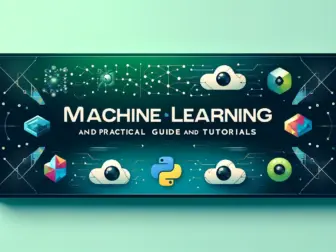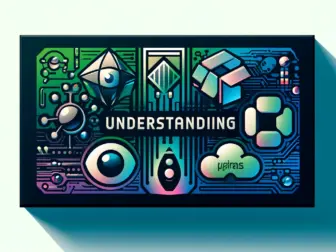Tag - Keras
Blog , May 29, 2024 , Computer Vision, Keras, Machine Learning, Model Training, OpenCV, OpenMV, PyTorch, TensorFlow, Tool Comparison
Blog , May 29, 2024 , Computer Vision, Embedded Applications, Keras, Machine Learning, Model Training, OpenCV, OpenMV, PyTorch, Real-Time Object Detection, TensorFlow
The Power of Keras: A Versatile Deep Learning Framework
Keras is a powerful deep learning framework that has gained immense popularity among developers and researchers in the field of artificial intelligence. Developed as an open-source project, Keras provides a user-friendly interface for building and training neural networks, making it an ideal choice for beginners and experts alike.
One of the key features of Keras is its flexibility and versatility. It supports various types of neural network architectures, including convolutional neural networks (CNNs), recurrent neural networks (RNNs), and deep neural networks (DNNs). This allows developers to easily experiment with different models and choose the one that best suits their needs.
Another advantage of Keras is its seamless integration with popular deep learning libraries such as TensorFlow and Theano. This enables users to take advantage of the high-performance computing capabilities of these libraries while benefiting from the simplicity and ease of use of Keras.
Keras also offers a wide range of pre-trained models and built-in layers, making it easy to quickly build and train complex neural networks without starting from scratch. This is particularly useful for developers who need to prototype new models or conduct research in a short amount of time.
Moreover, Keras provides extensive documentation and tutorials that help users get started with the framework and learn how to use its various features effectively. The community of Keras users is also very active, with forums and online resources where developers can ask questions, share ideas, and collaborate on projects.
One of the main reasons for Keras’s popularity is its focus on simplicity and readability. The framework follows a modular design that allows users to easily build and customize neural networks by stacking different layers together. This makes it easier to understand and debug the code, and also facilitates collaboration among team members.
In addition, Keras supports both CPU and GPU acceleration, allowing users to train models on powerful graphics processing units for faster performance. This is particularly important for training large-scale neural networks on massive datasets, where the computational requirements can be significant.
Overall, Keras is a versatile deep learning framework that offers a powerful yet user-friendly environment for building and training neural networks. Its flexibility, simplicity, and integration with popular libraries make it an excellent choice for developers and researchers working in the field of artificial intelligence.
Keras: The Ultimate Tool for Deep Learning Enthusiasts
Keras is a high-level neural networks API, written in Python, that is capable of running on top of TensorFlow, CNTK, or Theano. It was developed with a focus on enabling fast experimentation and supports both convolutional networks and recurrent networks, as well as combinations of the two.
One of the key strengths of Keras is its user-friendliness. It allows for easy and rapid prototyping, enabling researchers to quickly build and test different neural network architectures without getting bogged down in the implementation details. This makes it an ideal tool for deep learning enthusiasts who want to focus on the design and performance of their models rather than the coding.
Another important feature of Keras is its modularity. The framework is composed of modules that can be combined and recombined to create a wide variety of neural network architectures. This flexibility allows developers to easily experiment with different configurations and find the one that works best for their specific task.
Keras also comes with a range of built-in tools and utilities that simplify the process of training and evaluating models. These include optimizers, loss functions, and evaluation metrics, as well as utilities for data preprocessing and model visualization. This makes it easy for users to get up and running quickly and start training their models with minimal effort.
Furthermore, Keras has a large and active community of users who contribute to its development and provide support to newcomers. The framework has a comprehensive documentation that covers everything from basic concepts to advanced topics, making it easy for users to learn how to use Keras effectively and efficiently.
One of the standout features of Keras is its compatibility with TensorFlow, one of the most popular deep learning libraries in the world. This integration allows users to take advantage of the powerful features of TensorFlow while benefiting from the simplicity and ease of use of Keras. It also ensures that models built with Keras can be seamlessly deployed and scaled using TensorFlow’s distributed computing capabilities.
Overall, Keras is a versatile and powerful tool for deep learning enthusiasts who want to explore the world of artificial intelligence and build advanced neural network models. Its user-friendly interface, modularity, and compatibility with TensorFlow make it an ideal choice for researchers, developers, and hobbyists looking to take their deep learning projects to the next level.


